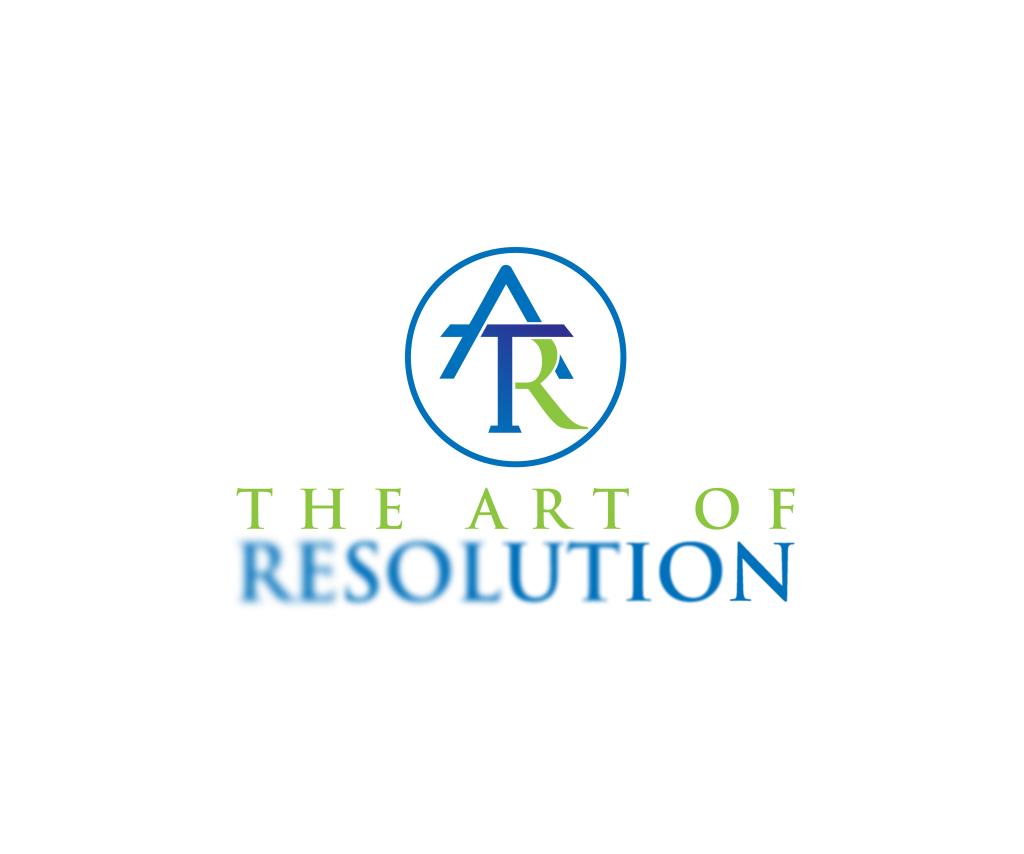What options does a smaller defendant have when a larger and better-funded competitor uses litigation as a means to exert financial pressure and drain resources? This scenario is one that legal AI company ROSS Intelligence, as a result of copyright litigation filed by Westlaw Publishing and its parent, Thompson Reuters, claims to find itself in.
ROSS just announced that the costs of litigation initiated by Westlaw have forced it to shut down operations, depriving the public, in ROSS’s view, of a valuable legal research tool.
In a complaint filed in May of this year and just argued on a motion to dismiss, Westlaw claims that ROSS hired a third-party to use its Westlaw license to download copyrighted aspects of its key number system, and that ROSS then built its AI tool with the copyrighted material as its foundation. ROSS derides these allegations, claiming that its vendor only collected public domain legal opinions for purposes of training its search algorithms — and further, that Westlaw lacks any copyright protection at all. According to ROSS, taking out a successful innovator in the legal research field is the plaintiffs’ true objective.
The case is one that is of inherent interest to lawyers, of course, given Westlaw’s predominance as a research site; we are trained in and often dependent upon the West-supplied organization of legal opinions. But the ROSS-Westlaw fight is also an interesting case study in competition dynamics. Assuming ROSS is correct, how could it or a similarly situated target of financially oppressive litigation respond?
Bruce Lee exhorted students to be like water, observing that water can flow, or it can crash. ROSS does not have the means, even if it wanted to, to “crash” against plaintiffs, matching litigation spending. Here are some alternative approaches to consider.
- Raising the competitive attack in the pleadings. Generally, a party’s options to counterclaim over the improper use of litigation as an anti-competitive tool are constrained. Unless a lawsuit is truly meritless (“sham” litigation), it cannot be the basis for an actionable claim of anti-competitive activity. Nonetheless, courts are sensitive to the problem, and generally recognize that the improper “outspend and hobble” strategy is one that plaintiffs sometimes choose to pursue. If supported by credible and good faith belief, raising the issue in an answer not only has explanatory power, it primes the court to respond through the case in a helpful way.
- Using the scheduling order and initial case conference. If there is enough merit to proceed, the fact that litigation costs are high and creating a burden on a defendant are not by themselves a defense or reason to halt litigation. Those cost burdens are, however, relevant. Rule 1 of the Federal Rules provides that the rules should be construed and administered by the court and by the parties to promote “inexpensive” determination of disputes. Negotiation of the case scheduling order, and the Rule 16 conference in the case, are junctures and tools that provide some opportunity to check and limit costs. One of the purposes of the pretrial conference is “expediting disposition” and “discouraging wasteful pretrial activities.” Among the other specifically enumerated efficiency options to consider (for example, simplifying the issues and avoiding unnecessary proof), Rule 16 focuses on “facilitating in other ways the just, speedy, and inexpensive determination of the action,” and allows for any other “appropriate measures.”
- Using the Rule 26(f) conference and joint planning report. We know discovery is a huge cost driver, and Rule 26 gives the defendant concerned with resource imbalance another change to propose modifications to discovery to the opponent and to the court. A defendant should be on guard from the earliest point against litigation discovery exercises that seem disproportionate. Rule 26(b) imposes a consideration of whether discovery is proportional to the needs of the case, including consideration among other factors of the parties’ resources. Relatedly, the court is empowered to address discovery costs concerns as may be necessary through a protective order under Rule 26(c). In my experiences parties do not use this flexibility to address cost concerns on the front end nearly as much as they should.
- Considering third-party litigation funding. If a party does not already have an insurance policy in place to cover areas of likely litigation expense in its industry, it should evaluate coverage with a broker. There are, though, further options now that the litigation funding market has matured, both here and internationally. Where a defendant has a counterclaim against a plaintiff, whose resources are already publicly verified, it may be worth having a funder evaluate it. In the ROSS case, one also wonders whether Westlaw competitors, or other legal AI companies, might have some interest in assisting ROSS with funding.
- Preserving an attorney’s fee claim. To the extent ROSS uncovers evidence of an anti-competitive motive, which it would need to do through some fairly intensive e-discovery, it has some additional avenues of approach. One would be under any applicable attorney’s fees statute. If it does prevail, and it can otherwise demonstrate the requisite lack of merit, evidence of intent by Plaintiffs can be used to enhance an award of attorney’s fees. That claim can focus in a select way on those particular aspects of the case that the defendant believes were unnecessary and directly related to execution of the improper financial-burden strategy.
- Incorporating the motive into the defense narrative. No one, whether judge or juror, likes a bully. Evidence of improper financial oppression thus also provides a useful part of the trial story — showing that the litigation is really an improper move to take out a threatening competitor. From what I have seen, ROSS has already done an effective job of setting up this story, using an effective theme in its filings to date. In a nice bit of contrast, it derides Westlaw as “antiquated,” claiming that it seeks to assert “improper control and monetization” of “public legal texts,” while holding up what ROSS claims is its own modern and more innovative technology. ROSS’s newly-filed counterclaim advances this attack, requesting declaratory judgment that most of the West key number and headnote system is not copyrightable, and reflects an attempt by West to achieve a patent-like monopoly through the key note system. This challenge puts Westlaw’s major business asset in play.

For the time being, even though it has closed its virtual doors, ROSS says that as of December 11 it has enough funding to see the litigation through. A motion to dismiss filed by ROSS was argued October 30th, a decision on which will determine whether the case proceeds. If it does, the copyright issues will be fact-specific ones and expensive to analyze– determining the extent to which certain selections and arrangements in its key number and head note systems reflect choices and creativity, as opposed to functionally-driven choices dictated by the judicial opinions themselves.
ROSS’s ability to get through discovery, and to get to a merits-decision will depend in part on its active litigation-cost management and consideration of approaches like these, recognizing the resource imbalance and, rather than crashing against it, flowing with it.
